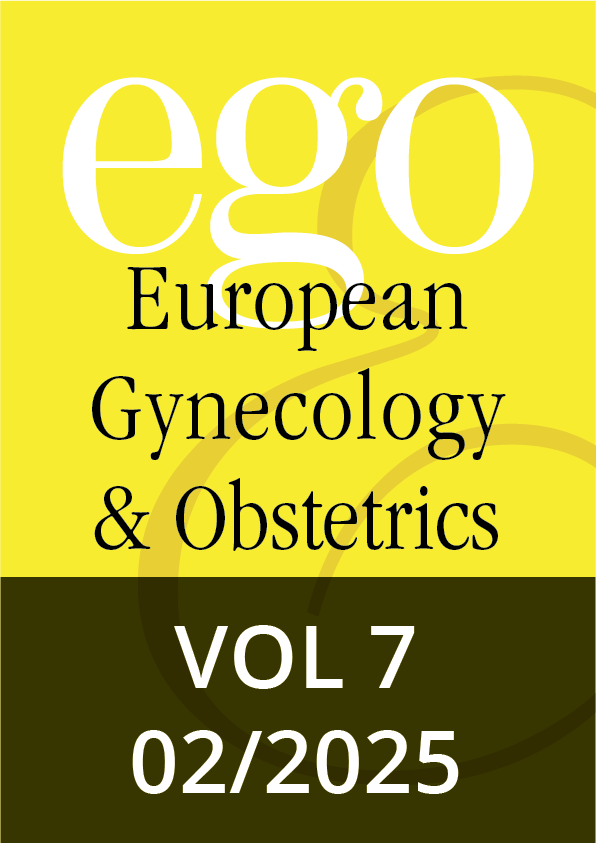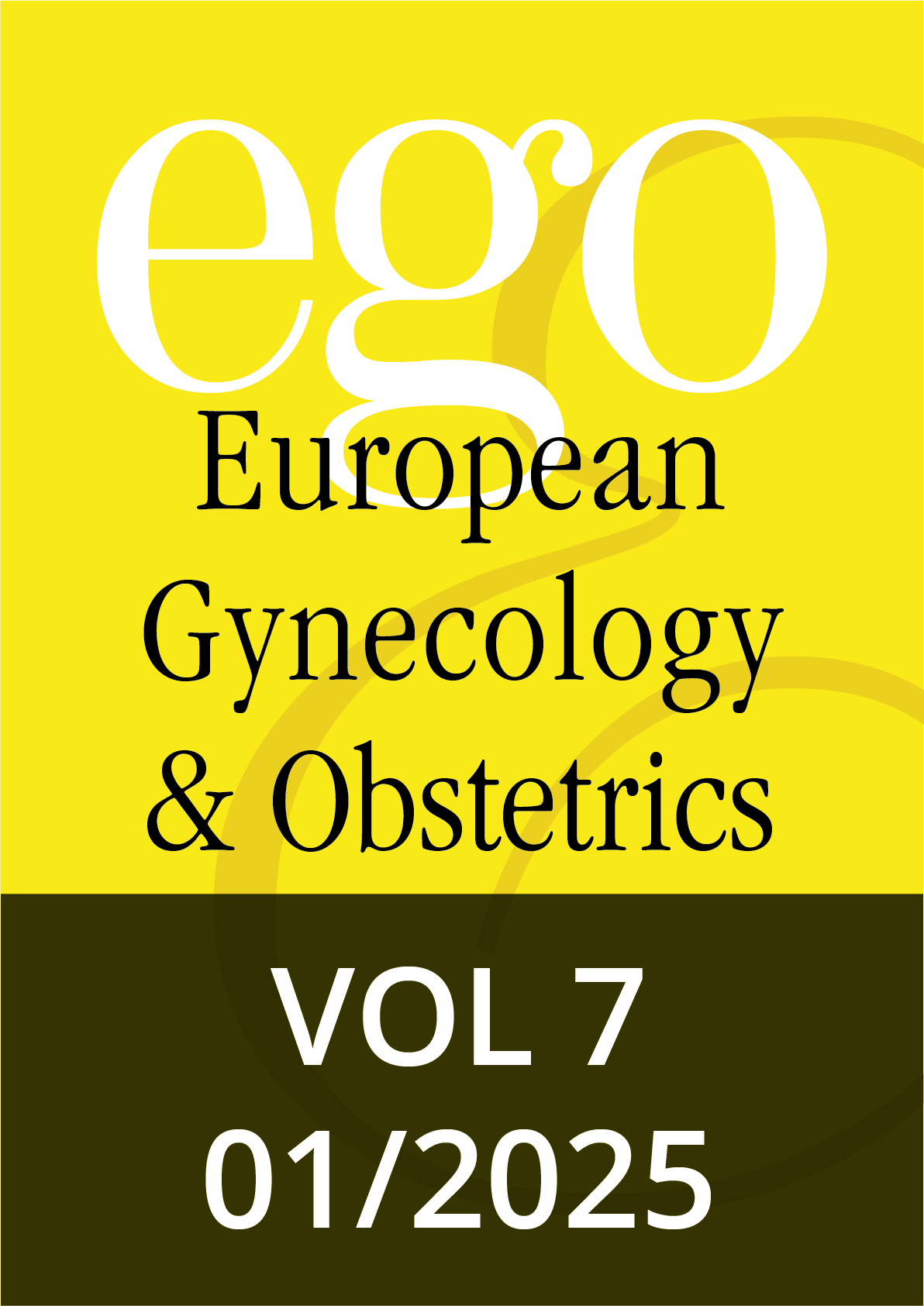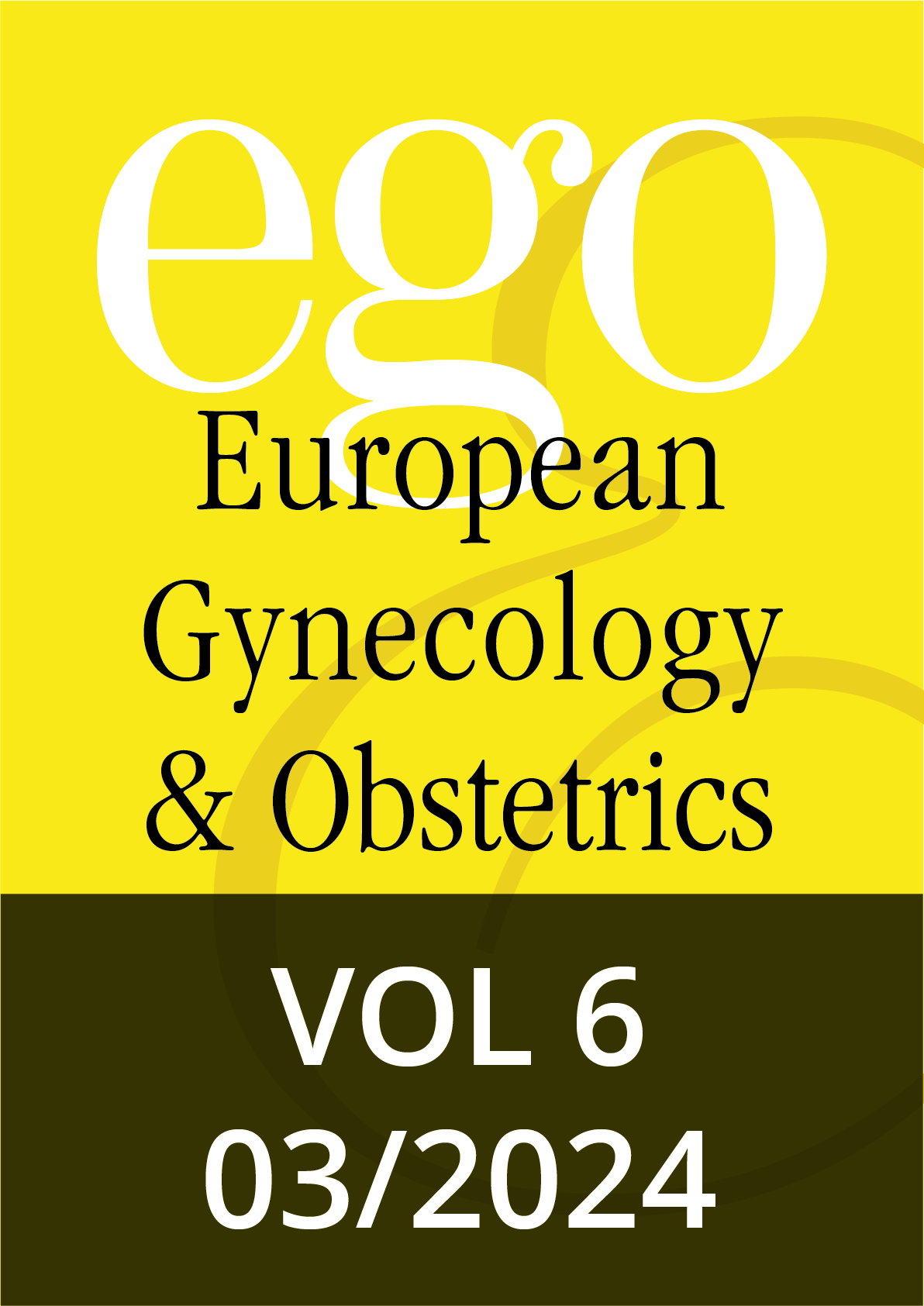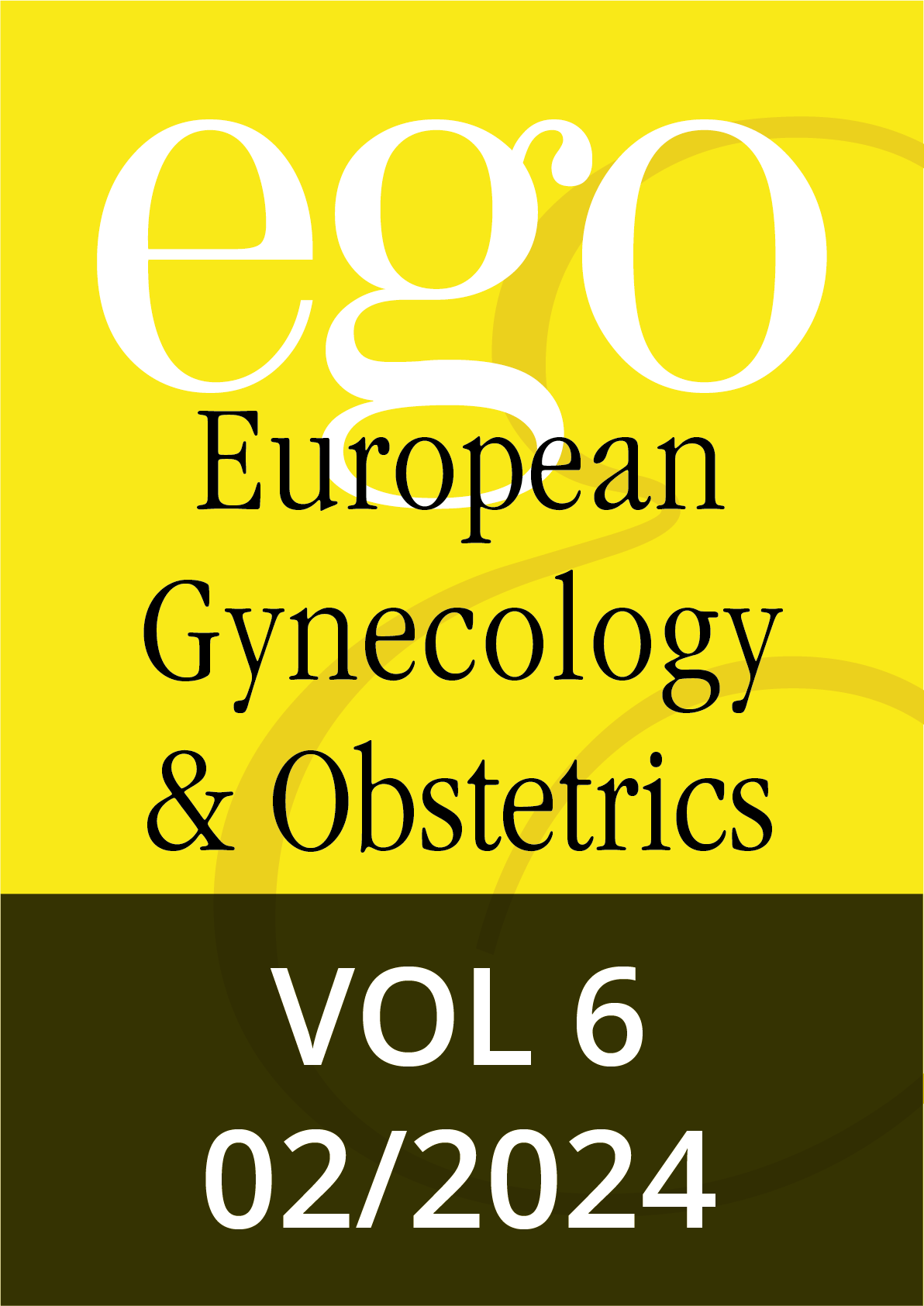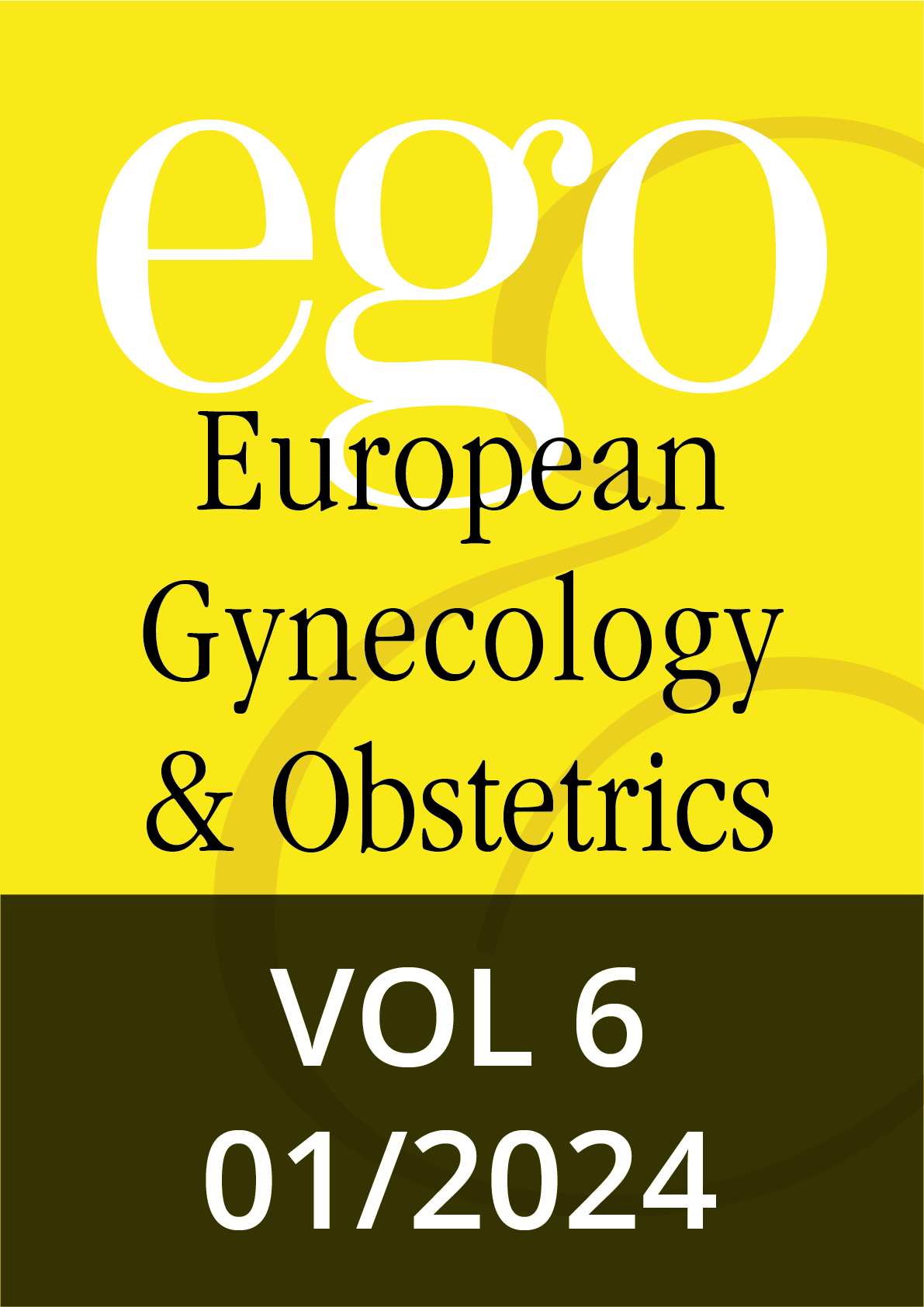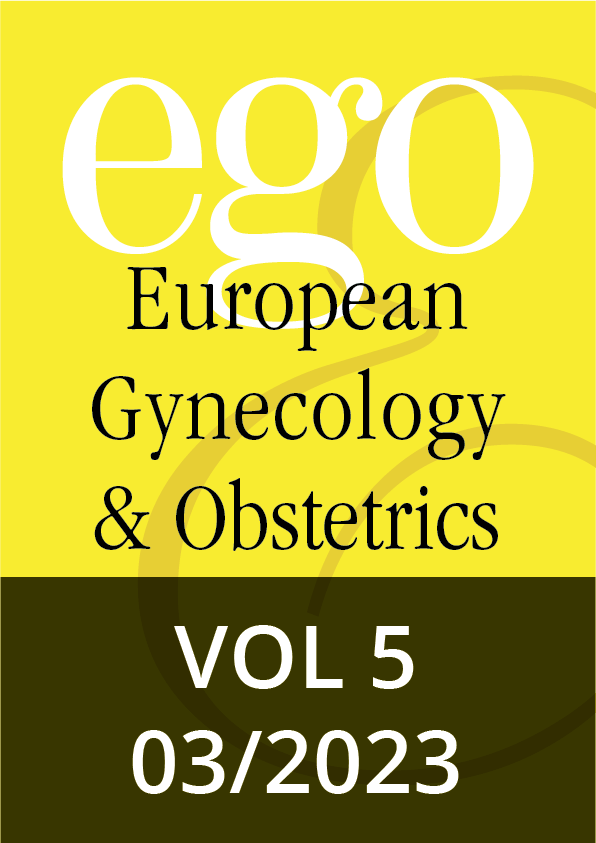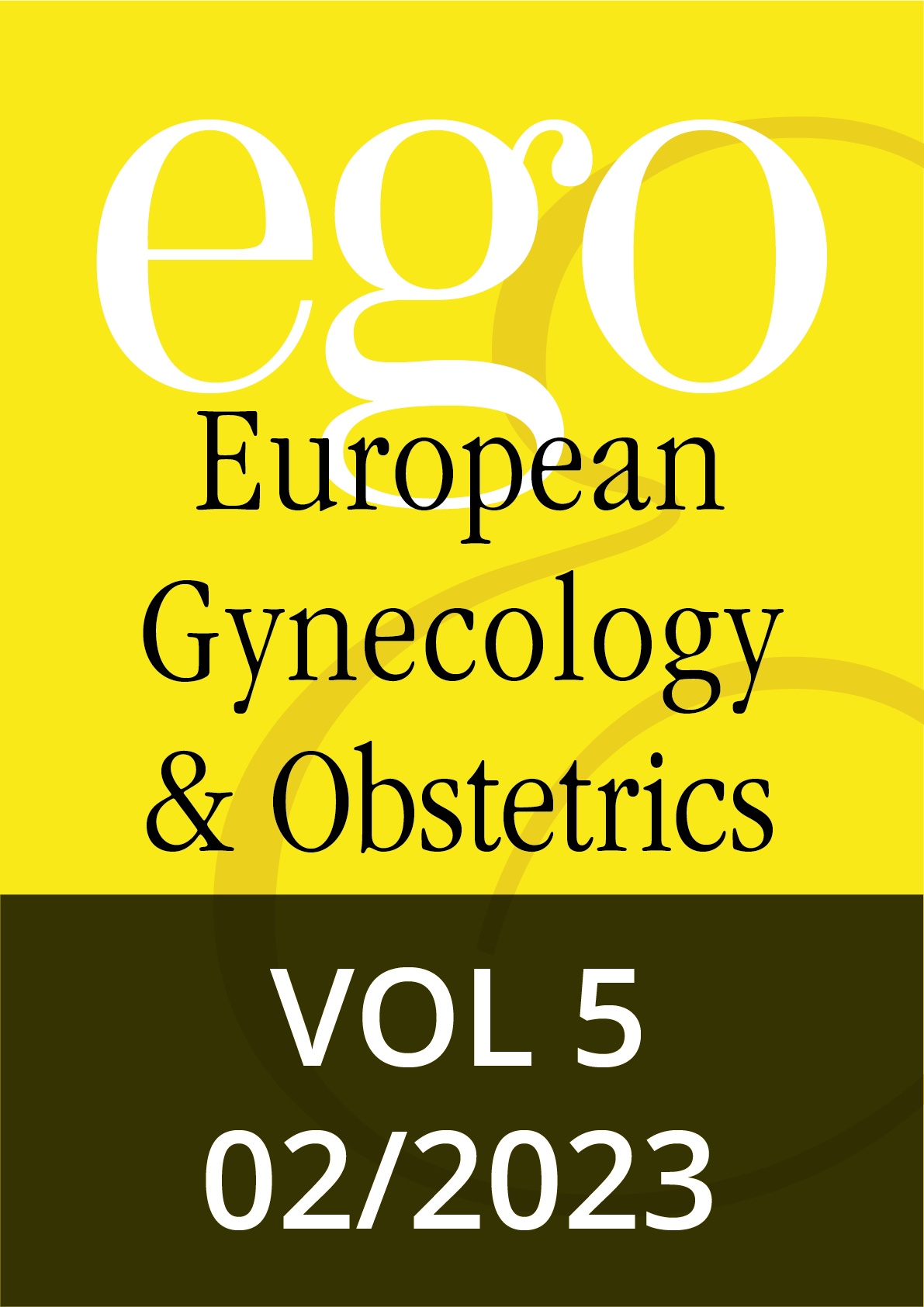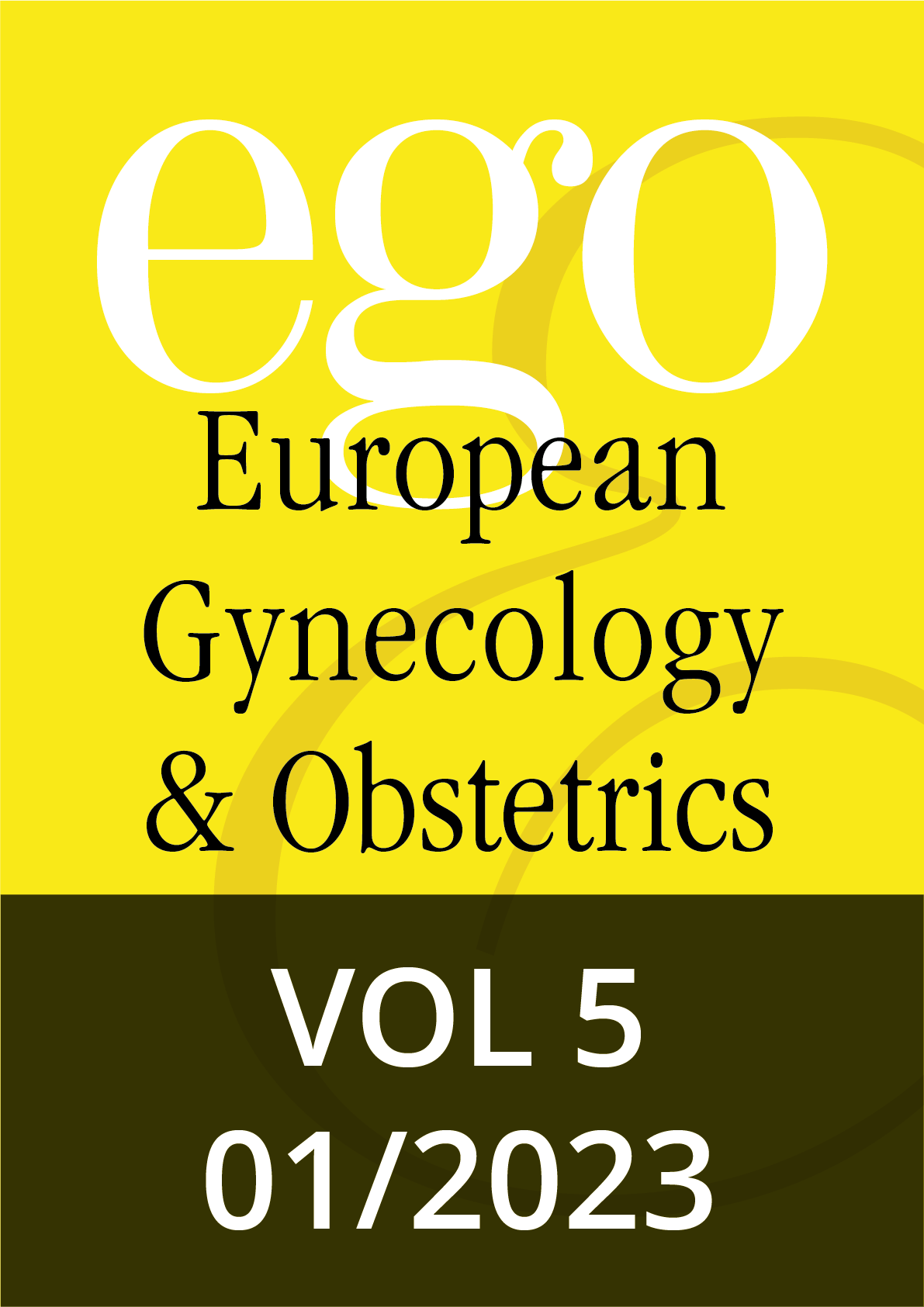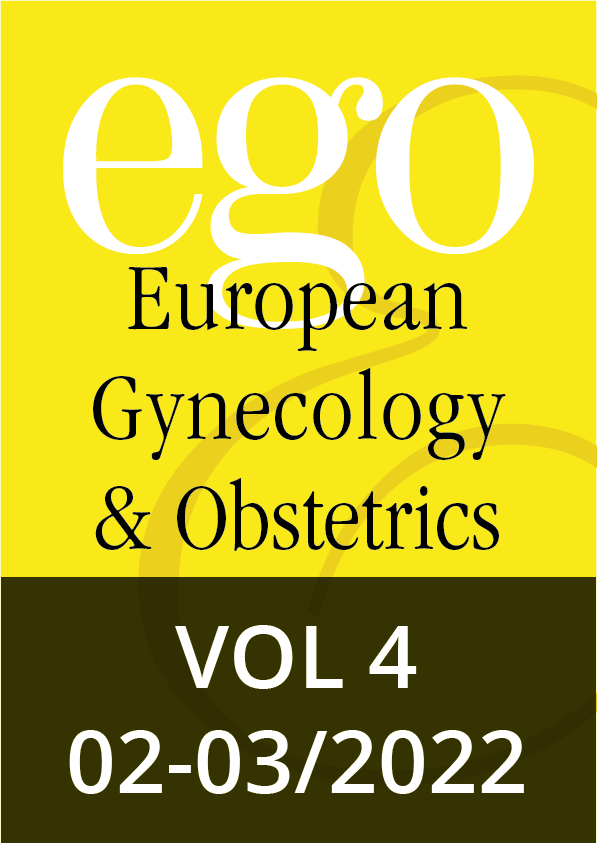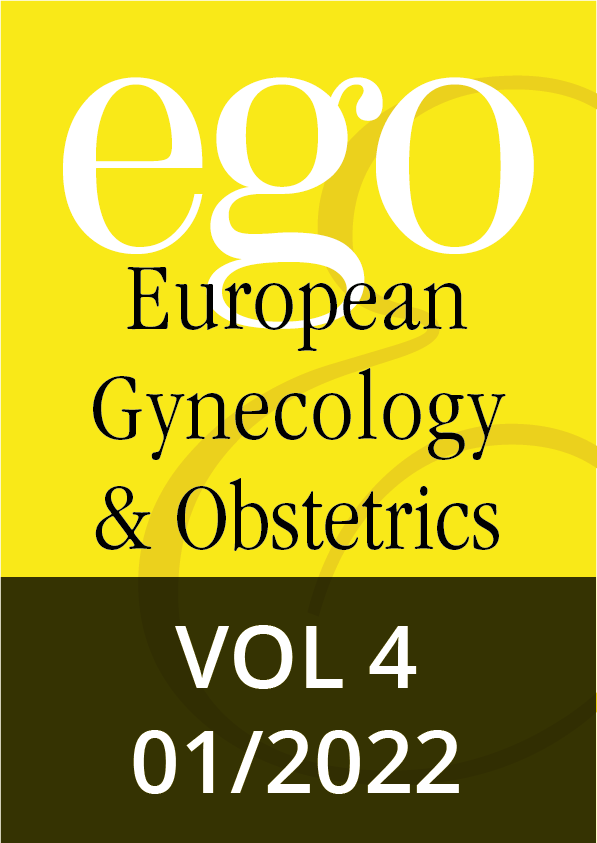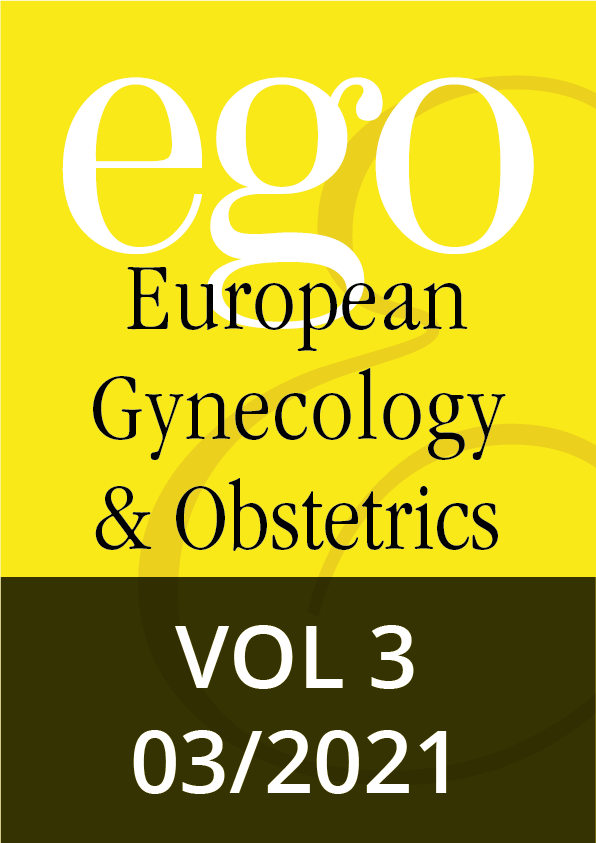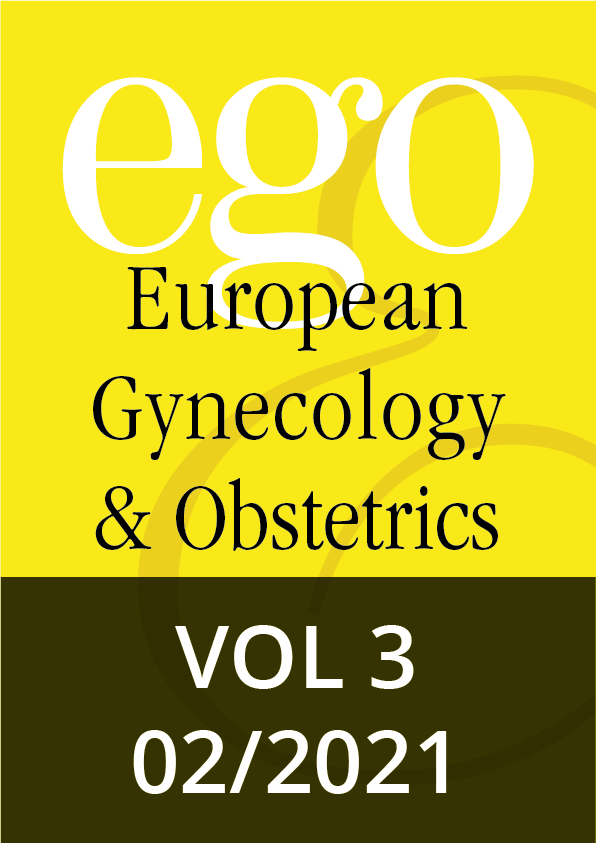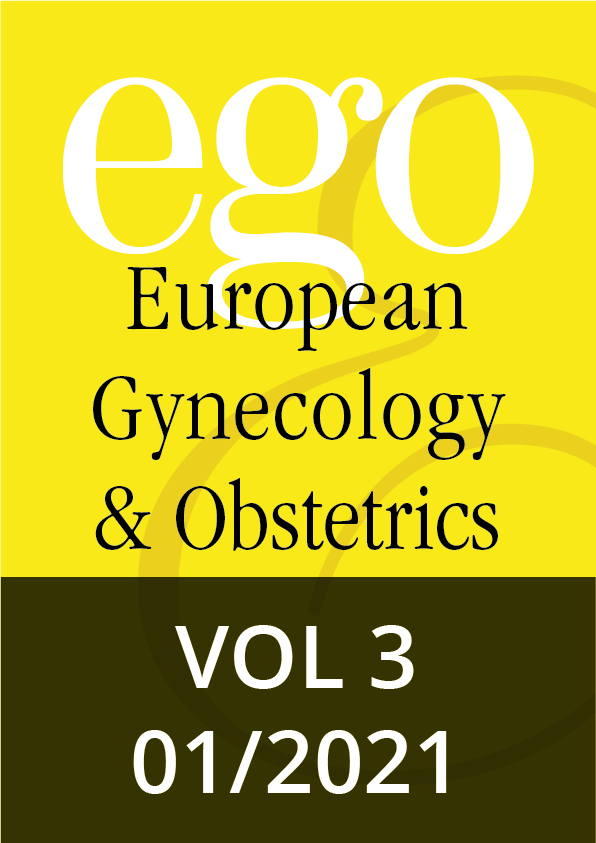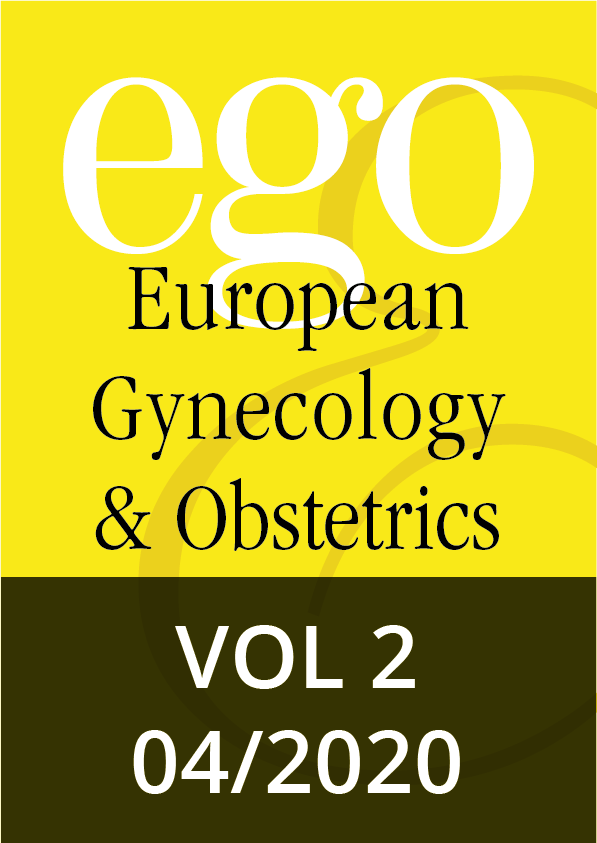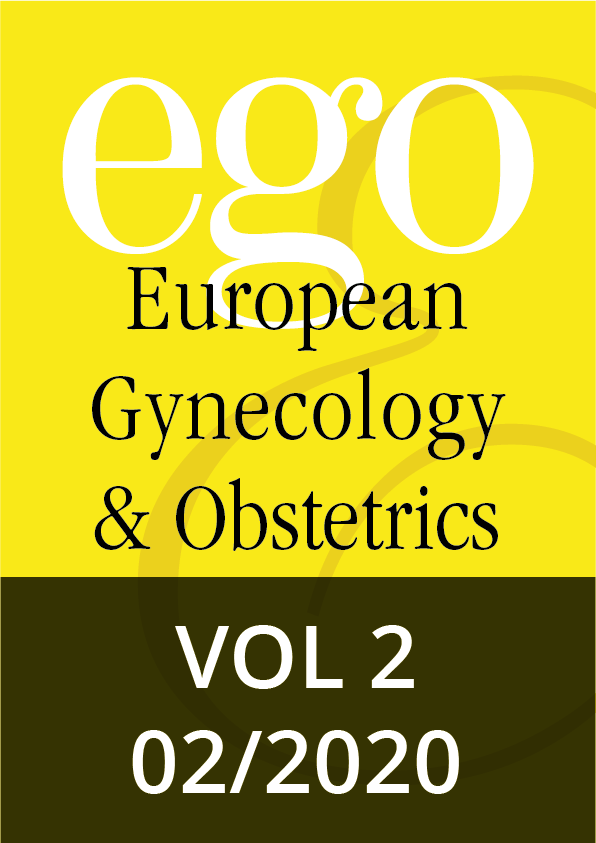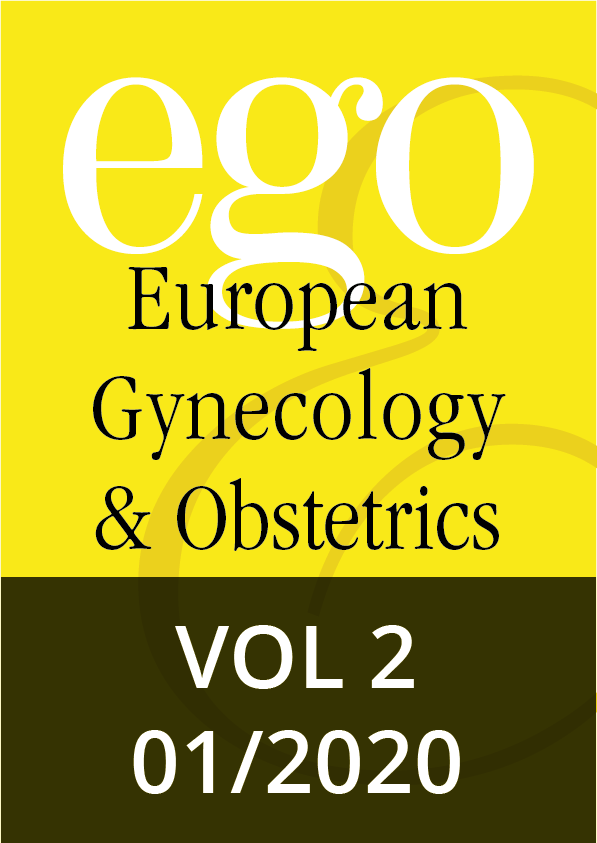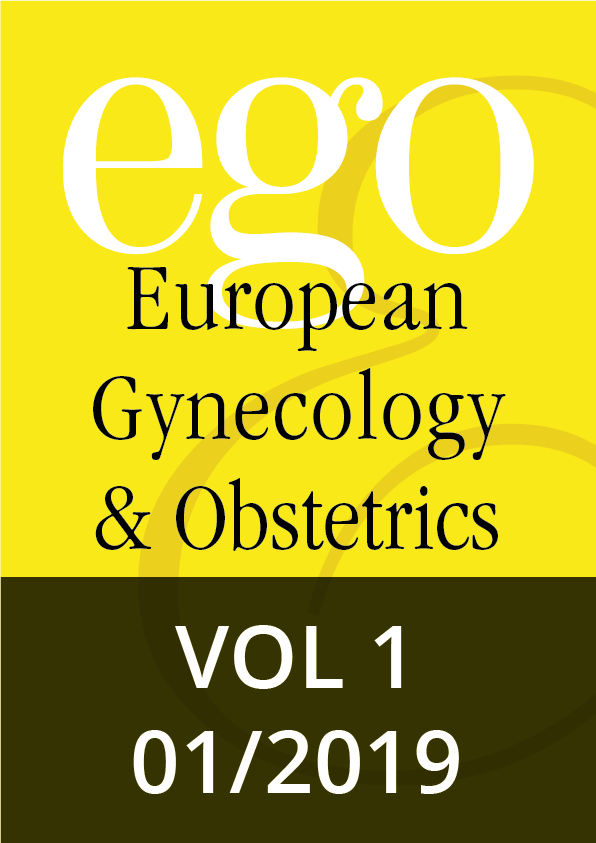LATEST ARTICLES
Combination of non-ablative Er:YAG laser and magnetic stimulation for the treatment of urinary incontinence: A single-arm pilot study
Tadeja Štrumbelj et al.
Objective: To assess the effectiveness and safety of combining non-ablative Er:YAG laser with a magnetic stimulation device for treating stress or mixed urinary incontinence.
Methods: In a prospective, single-arm pilot trial, 24 women with stress urinary incontinence (SUI) or mixed urinary incontinence (MUI) with predominant SUI symptoms were treated with three intravaginal Er:YAG laser sessions and six High Intensity Tesla magnetic Stimulation (HITS®) therapies. The primary objective was to improve incontinence symptoms, as measured by changes in the International Consultation on Incontinence Questionnaire-Urinary Incontinence Short Form (ICIQ-UI SF) and the Questionnaire for Urinary Incontinence Diagnosis (QUID) scores from the baseline. Secondary objectives included improvement in sexual function as assessed by Female Sexual Function Index (FSFI) scores, pelvic floor muscle contraction assessed by palpation, treatment durability (measured at 3 and 6 months), and patient-reported improvement and discomfort. Repeated measures ANOVA and the Friedman test (with Bonferroni correction) were used for normally and non-normally distributed variables, respectively.
Results: At baseline, one third of participants had moderate SUI and over 60% had severe SUI. After treatment with the Er:YAG laser and HITS, significant symptom improvements were observed. At 6-months, 13% were symptom-free, 44% had mild symptoms, and 35% had moderate symptoms. The mean ICIQ-UI score decreased significantly from 12.46 ± 3.40 to 5.48 ± 4.06 (p≤0.001). QUID scores indicated significant improvements in both SUI and MUI. Over 90% of the patients were satisfied with the results. Pelvic floor muscle improvement occurred in over 70% of participants, and FSFI scores showed overall sexual function improvement. The treatments were well tolerated with minimal adverse effects.
Conclusions: The combination of non-ablative Er:YAG laser and HITS effectively and safely improved SUI and MUI symptoms in adult women.
KEYWORDS
Combined therapy, Er:YAG laser, magnetic stimulation, non-ablative erbium laser, stress urinary incontinence.
Marked elevation of CA 19-9 in ovarian teratoma. Should we be worried? A case report
Alfredo Ramirez-Espinoza et al.
Mature cystic teratoma (MCT) is a very common ovarian neoplasm, consisting of at least two layers of well-differentiated germ cells. Most cases are diagnosed incidentally during ultrasound in asymptomatic women, although some cases may present clinical symptoms compatible with acute complications that must be ruled out. Sometimes, clinical findings and imaging tests may raise doubts, including those regarding possible malignancy, and elevated CA 19-9 levels can help clarify the diagnosis and even suggest more adequate management, as marked elevations of this marker have been reported to indicate the presence of acute complications. We present a patient with one year of insidious abdominal pain and dyspareunia, followed by an acute painful episode. Ultrasound revealed a complex adnexal tumor compatible with MCT, but CA 19-9 was markedly elevated and introduced some concerns. Finally, the case was diagnosed and treated as a twisted ovarian teratoma.
KEYWORDS:
Teratoma, mature cystic teratoma, dermoid cyst, CA-19.9, tumor markers, ovarian torsion, ovarian tumor.
Prevalence, risk factors, and quality of life impact of premenstrual syndrome: a cross-sectional study
Rezzan Berna Baki et al.
Objective: Premenstrual syndrome (PMS) is a common condition affecting women’s physical, mental, and social well-being.
Objective: To determine the prevalence of PMS, identify associated risk factors, and assess its impact on quality of life.
Methods: This cross-sectional study was conducted at a university-affiliated teaching hospital. PMS was assessed using the Premenstrual Assessment Form (PAF), and quality of life was measured with the Short Form-36 (SF-36). Sociodemographic factors, body mass index (BMI), smoking/caffeine consumption, and marital status were recorded. Statistical analyses were performed using SPSS 28.0, with significance set at p<0.05.
Results: A total of 500 women aged 18–45 were included. Mean age was 28.0 ± 6.1 years, and mean BMI was 25.0 ± 4.8 kg/m². Nearly half were single (45.7%), and 67.4% had at least a high school education. Smoking and caffeine intake were reported by 17.1% and 18.3%, respectively. PMS prevalence was 70.0% (95% CI: 66.0–74.0), with 41.6% mild, 19.6% moderate, and 8.8% severe cases. Multivariate logistic regression identified younger age (18–30 years), BMI ≥ 30 kg/m², lower education, unmarried status, and smoking as independent PMS predictors (all p <0.05). Caffeine intake was not significantly associated (p=0.075). SF-36 analysis revealed significant differences in the scores of the Physical Functioning (p=0.006) and Mental Health (p=0.003) domains across PMS severity groups. However, Spearman’s correlation indicated low positive correlations between PMS severity and the scores of the Physical Function (r=0.32, p=0.003) and the Mental Health domains (r=0.45, p<0.001).
Conclusion: PMS was significantly associated with multiple sociodemographic and lifestyle factors. Although the scores of the physical functioning and mental health domains of the SF-36 varied between different degrees of PMS severity, the correlation between these scores and PMS severity was low.
KEYWORDS Premenstrual syndrome, risk factors, quality of life, Premenstrual Assessment Form, SF-36.
Extended use of intrauterine balloon tamponade in a case series of patients with life-threatening menorrhagia and miscarriage
Mohamed Abdelrahman et al.
The management of life-threatening menorrhagia presents a significant clinical challenge, particularly in cases where surgical intervention is contraindicated or refused. Intrauterine balloon tamponade has been widely used in postpartum hemorrhage, but its application in non-pregnant patients remains less well-documented. We report a series of four cases where intrauterine balloon tamponade was successfully utilized for prolonged durations in patients presenting with severe menorrhagia, demonstrating its efficacy and safety in non-pregnant individuals.
KEYWORDS
Intrauterine balloon tamponade, menorrhagia, coagulopathy, fibroids, emergency hemorrhage management.
Association between Noonan syndrome and umbilical-portal-systemic venous shunt: a double case report
Camille Gilmard et al.
Noonan Syndrome (NS) is a genetic disorder characterized by distinctive facial features, congenital heart defects (CHD), and other anomalies. Umbilical-portal-systemic venous shunt (UPSVS) is a rare vascular anomaly detectable prenatally. We report two cases of NS associated with UPSVS. The first case was referred at 31 weeks of gestation for fetal cardiomegaly and ductus venosus agenesis, with the umbilical vein draining into the inferior vena cava. Postnatal findings included CHD, dysmorphic features, and a mediastinal neuroblastoma. Genetic testing confirmed NS. The second case, was referred at 29 weeks of gestation for multiple fetal anomalies, presented with hydrops and type I UPSVS on ultrasound and fetal MRI. A pathogenic variant in the PTPN11 gene was identified. The neonate died shortly after birth. These cases suggest that fetal UPSVS should raise suspicion for RASopathy; hence, improving prenatal recognition of NS and informing clinical management should be performed.
KEYWORDS
Noonan syndrome, RASopathy, umbilical-portal-systemic venous shunt, prenatal diagnosis, PTPN11, fetal anomalies.
Exercise in pregnancy: The reality of a tertiary hospital in Portugal
Beatriz Ferro et al.
Background Physical exercise during pregnancy is recommended due to its numerous benefits. However, its practice remains uncommon, highlighting the importance of advice aligned with guidelines from health professionals.
Objective: To evaluate physical exercise (PE) habits among pregnant women at a tertiary hospital.
Methods: Pregnant women attending a tertiary hospital between August 2022 and May 2023 were analyzed using confidential questionnaires. Data were analyzed using descriptive statistics and chi-square tests for categorical variables.
Results: Among 200 included participants, 23.0% were in the first trimester, 22.0% in the second, and 55.0% in the third. The median age was 32 years (18-45 years), and 35.5% were overweight or obese. Most participants believed PE benefits pregnancy, labor, and maternal-baby health. However, only 52.0% practiced or had practiced PE during pregnancy. Compared to pre-pregnancy, fewer women exercised in 30-minute sessions during pregnancy (p=0.002), with a notable shift to walking (11.5% vs. 22.9%, p<0.001). Barriers to PE included lack of time (41.7%), pain (36.5%), and disliking PE (30.2%). Nearly half (49.5%) modified their exercise habits, primarily in the first trimester (66.7%). While 71.1% received advice to perform PE, 11.9% were advised to bed rest.
Conclusions: Despite broad awareness of its benefits, PE during pregnancy remains below recommended levels. Many women significantly adjusted their exercise habits due to physical discomfort, emotional changes, and medical advice. These findings emphasize the importance of personalized guidance to promote safe and consistent physical activity throughout pregnancy.
KEYWORDS
Exercise, physical activity, pregnancy, lifestyle, obstetrics.
An audit of the role of luteal phase support in frozen embryo natural cycles transfers in a Singapore Hospital (2014-2019)
Yu Su-Ling et al.
Background: Few studies have been published on the role of support of luteal phase of natural frozen embryo transfers (FET).
Methods: This was a retrospective study comparing 893 frozen warmed frozen embryo transfer (FET) natural cycle protocol using 364 dydrogesterone (DYD) and human chorionic gonadotrophin (hCG) cycles for support of the luteal phase versus 529 cycles of artificial protocol over 6 years (2014 to 2019) in a single in vitro fertilization centre (IVF).
Results: There was no difference in live birth rate amongst the protocols of luteal support in the natural cycle FET. DYD was given with hCG as luteal support. Mean age of natural cycle FET protocol was higher than the artificial cycle group (36.5 versus 35.2 years) but the successful outcomes were similar. Overall successful outcomes in total, day 3 and day 5 transfers were not significant except for natural cycle FET multiple pregnancy results being significantly higher in day 5 FETs. Successful implantation rate (baby per embryo) and multiple pregnancy rate per embryo were significantly higher in the natural FET protocol for day 5 transfers, likely due to significantly more embryos being transferred and the presence of embryos with better implantation potential in the day 5 natural cycle FET. The older mean age at transfer at day 5 did not seem to affect multiple pregnancy rates.
Conclusion: DYD with hCG support of natural cycle FET yielded similar success compared to artificial cycles. There was significantly higher implantation rate with day 5 natural cycle FET despite an older age cohort.
KEYWORDS
Dydrogesterone, hCG, frozen embryo transfer, natural cycle, pregnancy rates, live birth rates, luteal phase support.
Does copper intrauterine device promote endometriosis?
Danielle Choucroun
Copper intrauterine devices (IUDs) are commonly presented as non-hormonal contraceptives with purely local mechanical action, reinforcing a perception of inertness. However, the observed increase in menstrual blood loss associated with copper IUDs, combined with copper’s potential as an endocrine disruptor, raises concerns about a possible link to iatrogenic endometriosis, a hypothesis that remains insufficiently investigated. This narrative review, based on recent literature, explores the plausibility of a link between copper IUD use and endometriosis. Drawing on environmental, toxicological, endocrine, and historical perspectives, we explore how copper’s classification as a non-biodegradable heavy metal and metalloestrogen challenges the assumption of inertness. Copper can accumulate in endometrial tissue, interfere with hormonal signaling, induce oxidative stress, and trigger cuproptosis, mechanisms increasingly associated with endometriosis and other reproductive pathologies. Furthermore, copper IUDs have historically been promoted without adequate attention to dosage transparency, long-term safety, or informed consent, particularly in marginalized populations. Our findings underscore the need for rigorous, gender-sensitive research and greater transparency in contraceptive risk communication. Reassessing the copper IUD is not only a scientific imperative but a question of long-standing underestimation of gender-specific risks in medicine.
KEYWORDS
Copper intra-uterine device, heavy metal, endocrine disruptors, endometriosis, gender inequalities.
